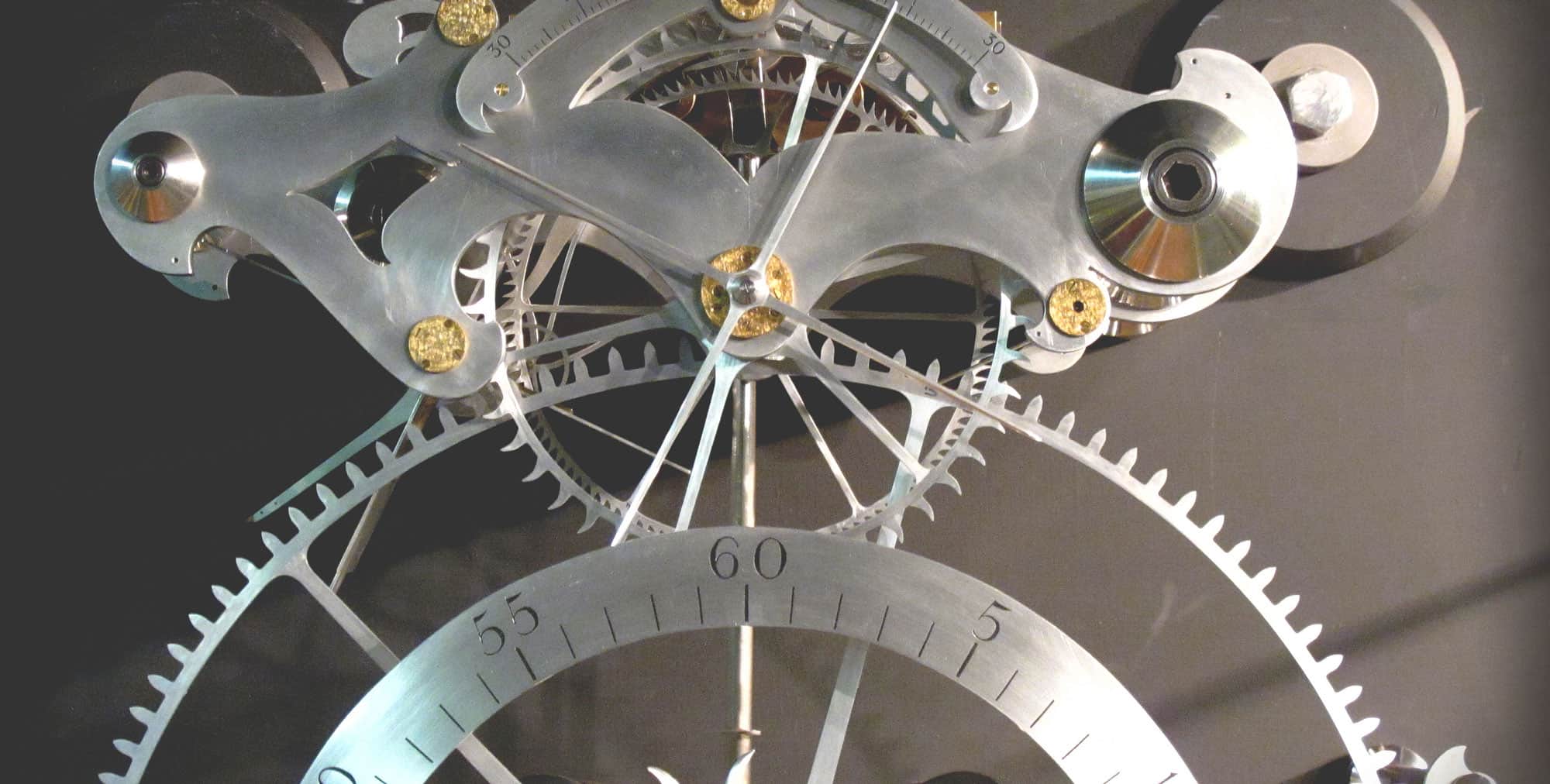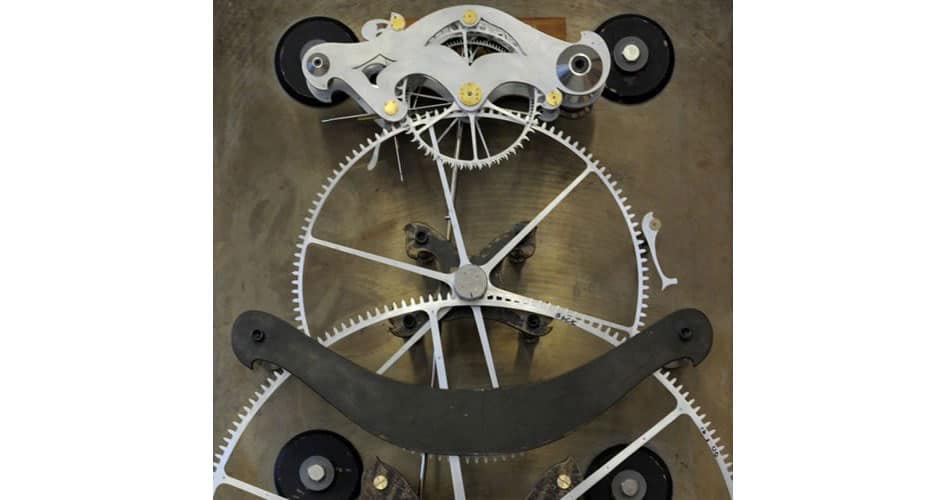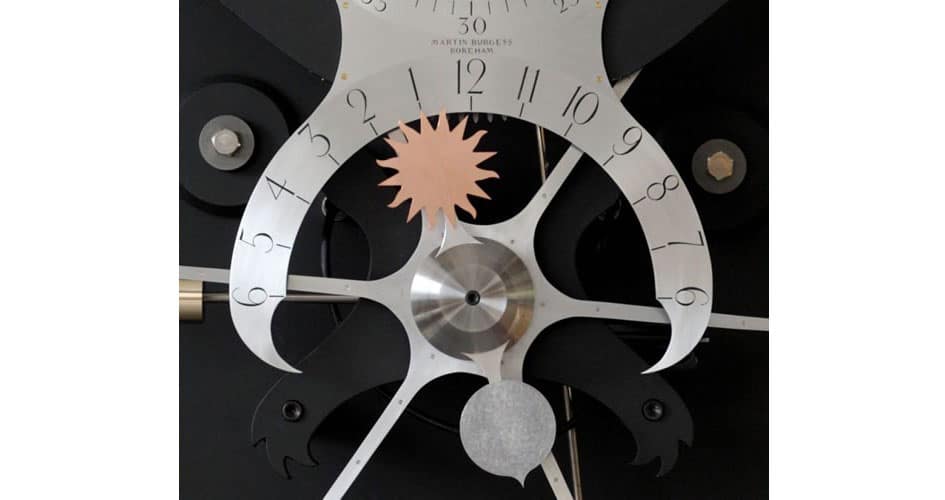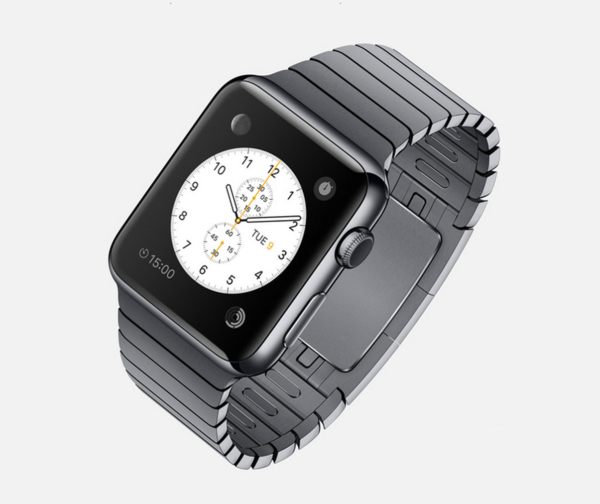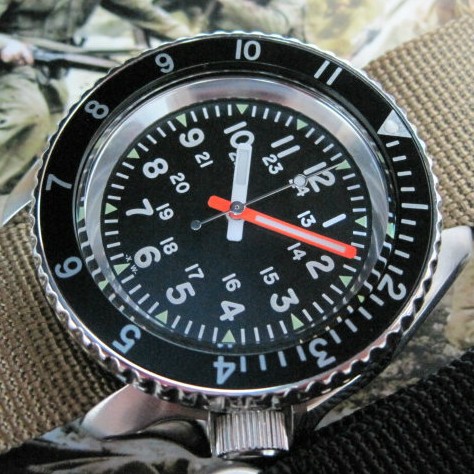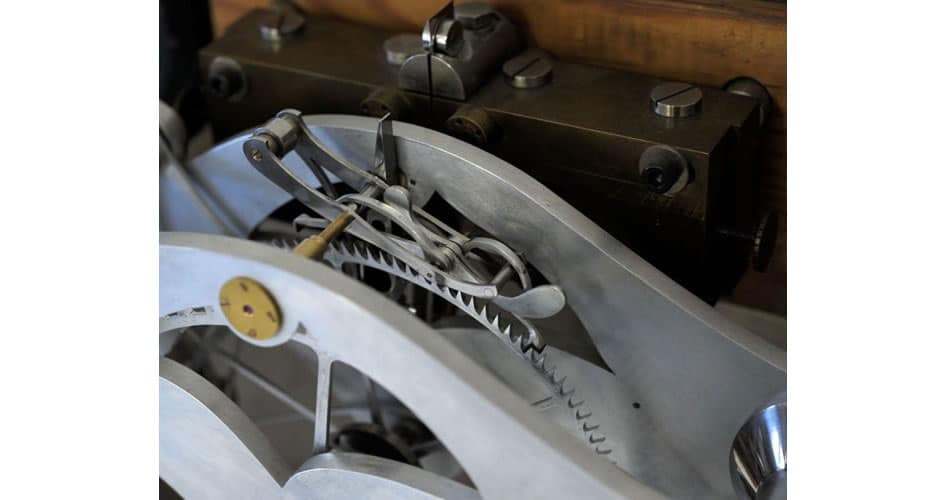If you have a quartz watch on your wrist, chances are it’ll be pretty accurate. Probably +/- 15 seconds a month. Not shabby, given the low price of a mainstream quartz. If you have a modern mechanical watch, +/- 15 seconds a day would be normal. Still impressive, particularly with a balance wheel inside that has to revolve nearly 700,000 times each day.
But how about a pendulum clock built from a set of 240 year old plans? How long would it take to gain or lose a second? Just to make the question more interesting, imagine it was designed by a man who’d started life as a rural carpenter who made his first clock out of wood. Then imagine he’d decided not to lubricate the mechanism either.
How accurate would a clock like that be over 100 days?

This is Clock B, made by clockmaker Martin Burgess from John Harrison’s pendulum clock theory; the eighteenth century English clockmaker who should have won the Admiralty’s Longitude Prize and pretty much invented the accurate marine timekeeper. In January this year it finally vindicated its designer’s 1774 claim that he could design a pendulum timepiece that was accurate to within a second over a 100-day period.









 Featured Videos
Featured Videos




